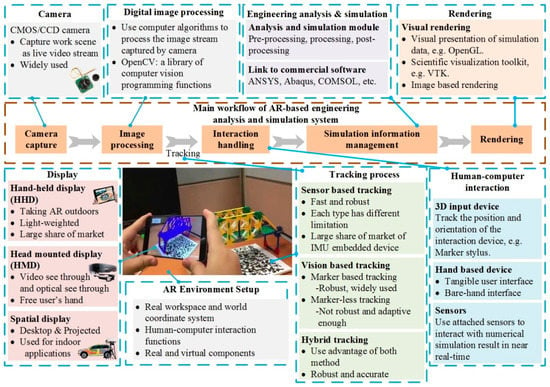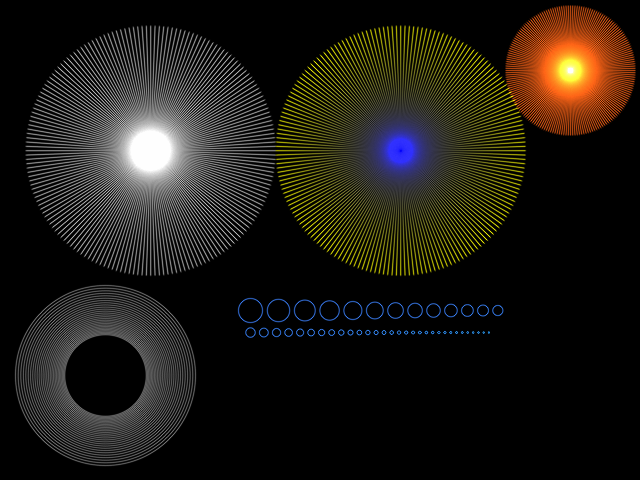

The idea of web-based, real-time rendering opened a new world of possibilities for web-based 3D environments. But, as the specification evolved, it became independent with the goal of providing portability across various operating systems and devices.

WebGL was originally based on OpenGL ES 2.0, the OpenGL specification version for devices such as Apple's iPhone and iPad. This was the right starting place, because it made it possible to easily implement the same API in all browsers, especially since most browser engines were running on systems that had support for OpenGL. It was based on OpenGL Embedded Systems ( ES), a cross-platform API for graphics targeted at embedded systems. In March 2011, his work would lead to the Kronos Group, the nonprofit organization behind OpenGL, to create WebGL, a specification to grant internet browsers access to Graphics Processing Units ( GPUs).Īll of the browser engines collaborated to create WebGL, the standard for rendering 3D graphics on the web.


Real time rendering 3rd edition publisher software#
In 2006, Vladimir Vukicevic, an American-Serbian software engineer, began working on an OpenGL prototype for a then-upcoming HTML element that he called Canvas 3D. As highly interactive applications became an increasingly important part of the user experience, there was, eventually, enough demand for a fully programmable graphics Application Programming Interface ( API) to address these requirements. Over time, however, application requirements became more ambitious and began running into limitations. There was a time when most of the web comprised pages with static content-the only graphics were embedded images. This book will become your trustworthy companion in developing highly interactive 3D web applications with WebGL and JavaScript. With each chapter, you will "level up" your 3D graphics programming skills. The book offers example-rich, up-to-date introductions to a wide range of essential 3D computer graphics topics, including rendering, colors, textures, transformations, framebuffers, lights, surfaces, blending, geometry construction, advanced techniques, and more. Each chapter starts with a summary of the learning goals for the chapter, followed by a detailed description of each topic. This book presents a clear roadmap to learning real-time 3D computer graphics with WebGL 2. Topics are always associated with exercises for a hands-on approach to learning. Each chapter covers foundational concepts in 3D graphics programming with various implementations. Packed with 80+ examples, this book guides readers through the landscape of real-time computer graphics using WebGL 2. As highly interactive applications have become an increasingly important part of the user experience, WebGL is a unique and cutting-edge technology that brings hardware-accelerated 3D graphics to the web.


 0 kommentar(er)
0 kommentar(er)
